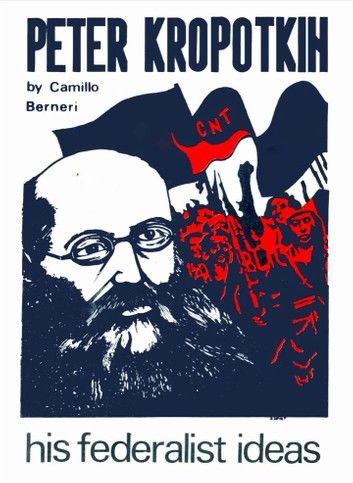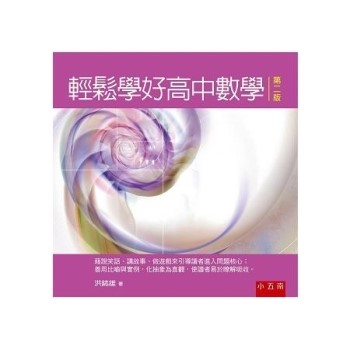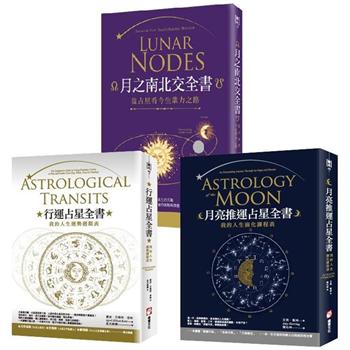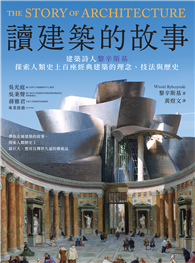One thing on which all anarchists and libertarian socialists agree is that the social revolution should be the result of a popular movement, not one imposed from above. As Peter Kropotkin, probably the best-known of the anarchist theoreticians, described it, “[the revolution] must take the form of a widely spread popular movement, during which movement, in every town and village invaded by the insurrectionist spirit, the masses set themselves set themselves to the work of reconstructing society...without waiting for schemes and orders from above...They may not be – they are sure not to be – the majority of the nation. But if they are a respectably numerous minority of cities and villages scattered over the country...they will be able to win the right to pursue their own course”.
Following the Russian Revolution in 1917, Kropotkin began developing his federalist ideas as a means of countering the authoritarian centralised state-building agenda then being pursued by the Bolsheviks. His vision of a federalist Russia was based on the existing regions of the Tsarist empire: Finland, the Baltic provinces, Ukraine, Georgia, Armenia, Siberia and others, each of which would have received international recognition of its right to govern itself. But, as Camillo Berneri points out, Kropotkin envisaged that, ultimately, each component of the new Russian Federation would itself by a federation of free cities and rural communities.












